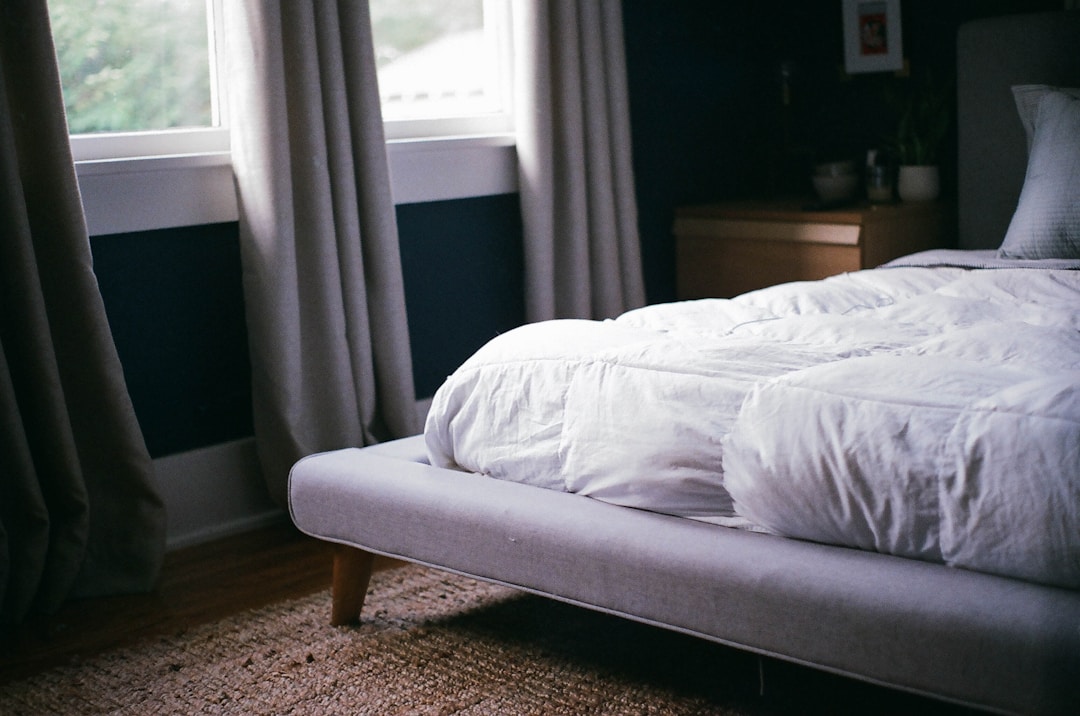Selecting duvet covers for your bedroom involves more than just matching colors and designs. It’s about understanding key factors such as material types, size, thread count, purpose, and the influence of seasons.
Keep reading to explore the art of choosing the perfect duvet cover that complements your room décor and enhances your bedroom comfort level.
Understanding the Basics of Duvet Covers
To make an informed choice, it’s essential to understand what duvet covers are and their function. Duvet covers, much like pillowcases, are protective layers that are designed to keep your duvet clean. They are easy to remove, making them incredibly practical as they can be cleaned more regularly than the duvet itself.
Duvet covers also offer an element of flexibility in your bedroom décor. By changing your duvet cover, you can alter the look and feel of your room without needing to buy a new duvet every time.
The best duvet covers strike a balance between functional use and elegant design aesthetic, creating a comfortable and inviting bedroom environment.
Understanding the fundamental aspects of duvet covers can guide your purchasing decision, ensuring that you choose a perfect duvet cover for your bedroom comfort and style.
Significance of Material Selection in Duvet Covers
Material choice is crucial when it comes to buying duvet covers, as different materials have different levels of comfort, durability, and care requirements.
Cotton duvet covers, for instance, are popular due to their breathability and durability. They also wash well and can withstand high temperatures, making them quite hygiene-friendly. However, they are more prone to wrinkling.
On the other hand, materials such as silk or satin are softer to the touch, providing a sense of luxury and elegance. Yet, they may require more intricate care routines and might not be as durable.
Polyester and microfiber duvet covers are another option, known for being lightweight and wrinkle-resistant. However, they don’t breathe as well, which might be noticeable during warmer seasons.
Read Also: 4 Beneficial Qualities Of Australian Wool Quilts You Must Know
Importance of Size and Thread Count for Your Duvet Covers

Similar to bedsheets, duvet covers come in various sizes to fit different duvet dimensions. Before purchasing, ensure the duvet cover is the correct size to avoid discomfort or undue slipping and sliding of the duvet inside the cover.
Thread count is another aspect that should not be overlooked when choosing a duvet cover. This refers to the number of threads woven into one square inch of fabric. Typically, the higher the thread count, the softer and more durable the cover.
However, a high thread count doesn’t necessarily mean a better-quality fabric. The type of cotton and the quality of the weave can heavily influence the overall quality of the duvet cover.
While higher thread count typically offers a smoother and more luxurious feel, it’s also essential to meet your personal comfort preferences. Some people might prefer the crisp feel of lower thread count cotton.
How the Season Can Influence Your Duvet Cover Choice
Your choice of duvet cover can change with the seasons, adapting to changing temperatures and comfort needs. For instance, warm, heavy duvet covers might be ideal during the winter months, offering an extra layer of comfort and warmth.
During the summer months, a light, breathable duvet cover made from materials like cotton or linen could keep you comfortable without overheating.
Different colors and patterns may also be appropriate for different seasons. Bright, light colors can reflect the vibrant energy of spring and summer, while deeper tones may better align with the coziness of fall and winter.
Altogether, choosing the best duvet covers requires a thoughtful balance of understanding the basics, selecting the appropriate material, considering size and thread count, taking seasonal changes into account, and finally, achieving the right blend of aesthetics and functionality. The result? A bedroom environment that’s both visually appealing and supremely comfortable.
